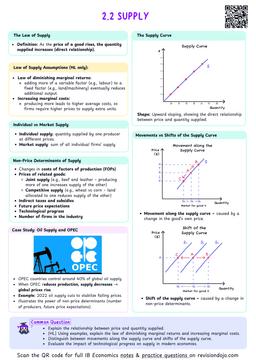Economic Integration
Cooperation and coordination between countries and their economic policies, to make them more economically interconnected.
Countries hope to derive benefits through cooperating as they could:
- Start by lowering trade restrictions between nations and minor economic barriers.
- This leads to very strong integration of policies and markets.
There are different degrees of these economic integrations which determine how interconnected certain economies are to each other. This is discussed below.
Preferential Trade Agreements
Preferential Trade Agreements
An agreement between countries to reduce the amount of trade restrictions imposed between them on specific products.
A PTA, oftentimes are settled on certain products, whilst other products can still have trade barriers.
- PTAs make it easier for member (part of PTA) countries to access the foreign market of the specific goods compared to non-member nations.
- It could involve cooperation between nations in specific economic policies and take multiple forms as discussed below.
The goal for all these agreements is ultimately to achieve trade liberalisation.
Trade Liberalization
To free up international trade by removing trade barriers.
Bilateral Trade Agreements
- Bilateral trade agreements involve two countries agreeing to reduce or eliminate trade barriers.
- These agreements are customised to meet the specific needs and interests of the two parties involved.
The Closer Economic Partnership Arrangement (CEPA) between China and Hong Kong, signed in 2004, aimed to enhance cross-border trade and investment by reducing tariffs and non-tariff barriers.


